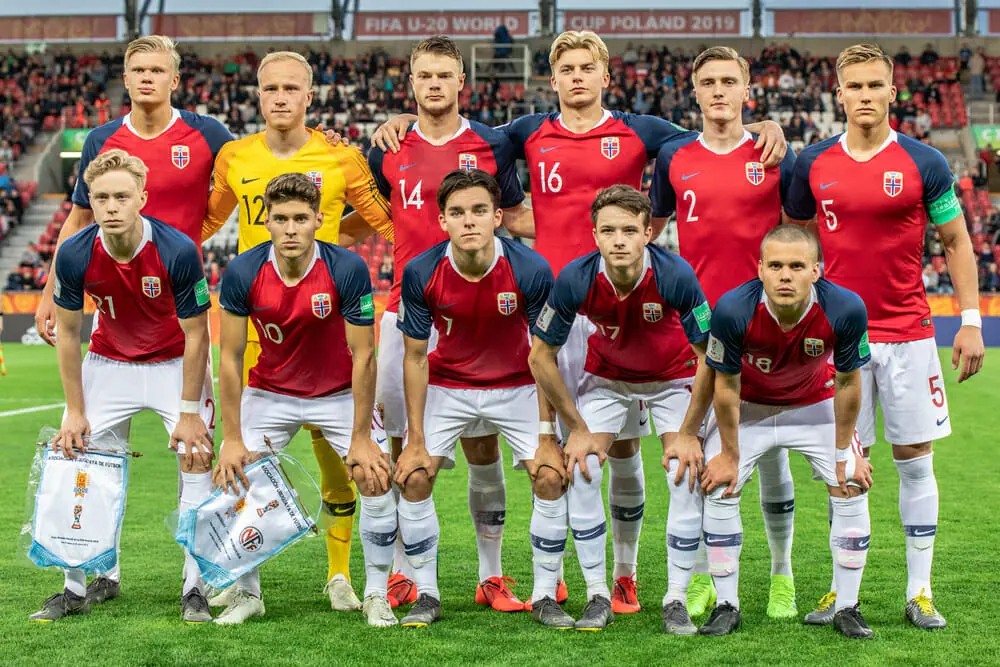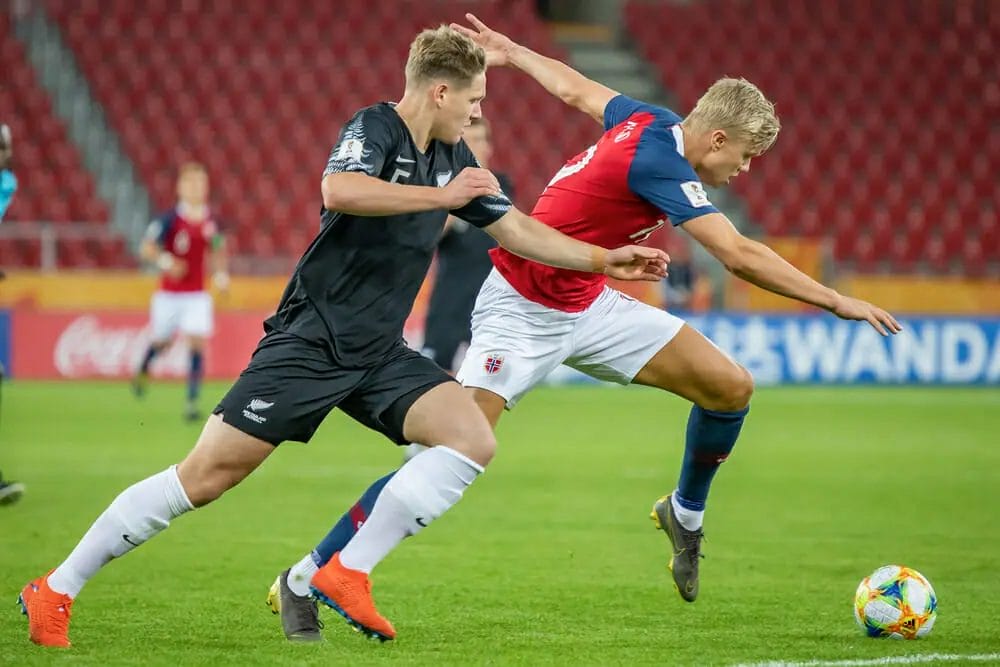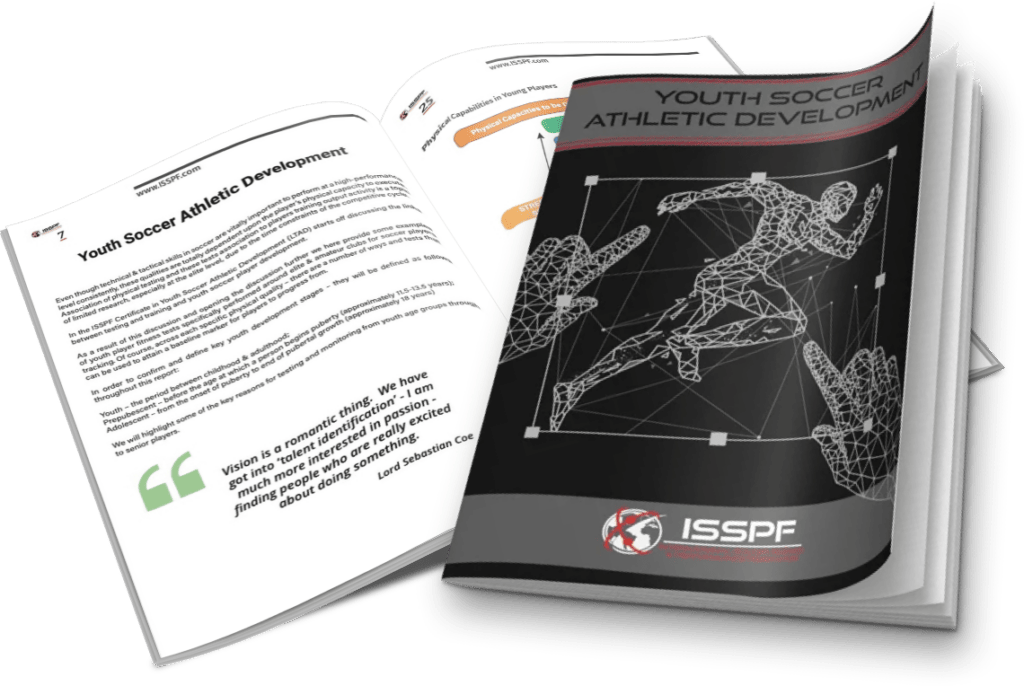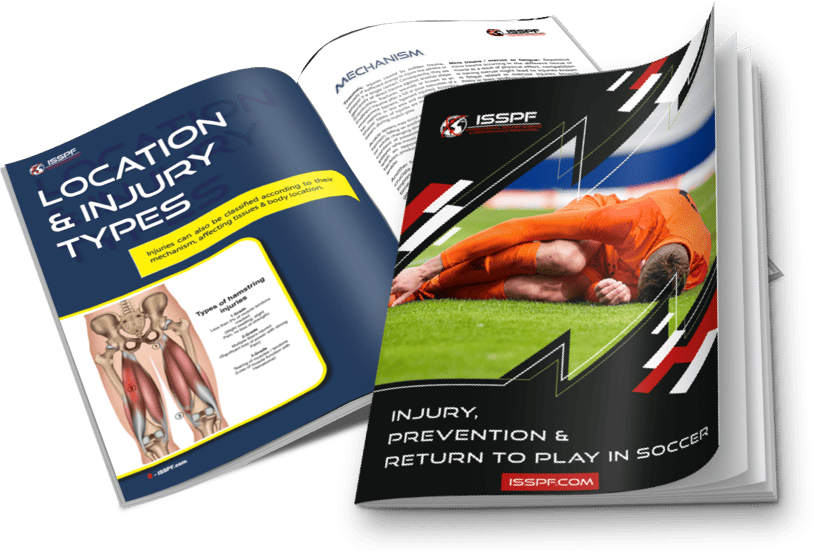More and more focus is being placed on player development and unearthing the next superstar.
This obviously reduces the need for clubs to pay the huge fees required as players develop.
More and more professional, amateur & grassroots football or soccer clubs are implementing really good environments for the development of players within their football academy.
The advances in understanding elite-level players and their player development pathway have led to an increased demand for coaching or football science & player development specialists around the world.
Recently, the development of elite level clubs ‘home growing’ their own players namely Gianluigi Donnarumma (PSG), Trent Alexander-Arnold (Liverpool FC), Marcus Rashford (Manchester United FC), Leo Messi (PSG), Harry Kane (Tottenham Hotspur), Thomas Muller (Bayern Munich), has highlighted a trend within the development philosophy or long-term player development methodology.
In general, players who excel within their clubs as homegrown or having been transferred to a larger club, have generally made an impact at 1st team football as a younger member of the squad – either at their own club or on loan.
Case Study: Erling Haaland
A current example of youth development and plotting a path to the top comes in the form of Erling Haaland.
As a youth player developed in his native Norway, Haaland started his youth career in Bryne FK, before moving to the more known & established club Molde FK.
Having shown his immense talent & progressing to Red Bull Salzburg, his development rapidly caught the eye of Bundesliga giants Borussia Dortmund.
Making the step up in club level football, on his Borussia Dortmund debut Haaland completed a hat-trick within 23 minutes of entering the pitch as a second-half substitute vs. Augsburg.
Since then the footballing world has taken note of his physical & technical attributes.
Incredibly, since his UEFA Champions League debut in 2019, Haaland took only seven games score 10 goals which was the quickest any player has reached double figures in the competition’s history, the fact he did it at such a young age further highlights the immense potential.
Additionally, he became the first teenager to ever score 10 UEFA Champions League goals in a single season.
According to most reports in European football, at the age of 20, Haaland is already one of the best & most feared strikers in the world.
“He trains very well – he always did, even from a very young age. He has always taken care of his body as he’s grown and matured. The sleeping habits, his nutrition, he is a top individual athlete — very professional.”
Alfe Ingve Berntsen
Bryne FK
What is a Player Development Model?
A development model is quite simply a pathway of steps in sequence to guide development over a period of time. In sports & in youth soccer, the focus is on player development, & planning for training in all stages of the player’s growth.
It can be seen as a road map for developing youth soccer players over a long period of time – youth development is exactly that.
Development and for development, you need time, patience but above all, a strategy that doesn’t change week to week, month to month, year to year.
Based on the development of soccer players, if your end goal is to have skilful, creative, self-critical, reflective & intelligent players in their peak years, then from the beginning of their development phase and younger age groups.
We must work on these key elements through their developmental stage & focus on developing the skills & tactical concepts best suited for that stage using the research surrounding maturation stages.
There are no shortcuts to ball mastery, game knowledge, intelligence & overall player development!
Learning Objectives
It is essential to establish objectives to be achieved in each of the stages, taking into account the players’ age & size, psychological development, puberty, muscular & physical development, learning speed & level of natural potential already achieved.
In the initial stage when children are being introduced to soccer (age 6-12), the young player’s love of soccer is awakened & deepened through playing the game & he discovers the need to master a certain number of techniques.
He will also find his position on the pitch & understand the need to interact with his team-mates to be able to beat the opponents.
Coordination exercises, exercises to develop agility & suppleness as well as games based on reactions & changes of direction are also part of training for this age group.
In the period of consolidation (basic training, age 13-15), the focus should be on development & education. Basic training forms a key step in the success of the overall training.
What the Research has Shown
It is the golden age for the development of technical qualities & laying the technical- tactical & psychological foundations.
At this age, players work on basic technical skills, individual tactical awareness & basic principles of the game, as well as starting to look at mental attitudes such as concentration, self-confidence, perseverance, will, etc.
The focus is on learning, practising & transposing the technical skills mastered to real games.
Learning the principles of the game in order to improve players’ reading of the game, practising the collective technique on the ball & additional physical training devoted specifically to developing aerobic capacity & speed, as well as exercises for suppleness, coordination & movement, complete the training programme.
Scientific research has suggested that it takes approximately eight-to-twelve years of training for a talented player or athlete to reach elite levels.
This is known as the 10,000-hour rule, which equates to around slightly more than three hours of practice daily for ten years (Ericsson et al., 1993; Ericsson & Charness, 1994; bloom, 1985; Salema et al., 1998).
Parents & coaches in many sports are still concerned with the shorter-term performance & place an over emphasis on immediate results.
“It takes 10 years of extensive training to excel in anything”
Herbert Simon
Nobel Laureate
Join Our Soccer Performance Course
The bespoke courses developed by ISSPF specialists are a way of further exposing youth team coaches, sport science students, individuals working within the game & other football science or soccer coaching enthusiasts with a thirst to develop further in specialised soccer science & performance areas.
The link below will take you to the hugely popular & expertly designed ISSPF University endorsed & accredited Youth Soccer Athletic Development (LTAD) online sport science & coaching course, where you will be exposed to football science research, practical examples and developmental principles which will help you in developing youth soccer players.
It will also provide an understanding of how these enhancements can benefit you and your role within your own unique sporting environment.
Youth Soccer Athletic Development (LTAD) Online Sport Science & Coaching Course
“I always say about Erling, if you just talk about his talent, his physical abilities as a footballer, he is right away in the top one per cent of professionals, of the best players in the world….but when you add his mentality, his joy, his commitment to improve, his work ethic, his fearlessness, right away, it is clear that there is no ceiling for this young man.”
Jessie Marsch
Red Bull Salzburg
How This Course Will Improve You
- Provides latest research findings, & contemporary training methods & detailed insights into youth soccer athletic development.
- Gain a better understanding of how to maximise development & the long-term athletic stages across player’s pathway.
- Learn how to balance key training elements from a technical, tactical & physical preparation in order to attain a long-term progressive strategy.
- Help maximise your decision-making when working with pre-pubescent & adolescent age groups.
What Does This Course Cover?
Youth Soccer Athletic Development (LTAD) Course Content
Module 1: Youth testing in soccer
Lecturer: Darren Paul (England) Aspetar, Qatar
Module 2: Morphological & Physiological Soccer Profiles: Talent ID & LTAD
Lecturer: Hassane Zouhal (France) FC Rennes, University of Rennes
Module 3: Strength Development in Soccer: Protection for Performance LTAD
Lecturer:
Hamish Munro (England) Bristol City FC
Module 4: Long – Term Athlete Development in Youth Soccer part 1
Lecturer: Tsikakis Antonios (Greece) FC Olympiakos
Module 5: Nutritional Support for the Youth Soccer Player: Maturation Status & LTAD
Lecturer: Jack Christopher (England) Chelsea FC
Module 6: Building up a model for a Soccer Academy (LTAD)
Lecturer: Alex Segovia Vilchez (Spain) Trabzonspor
Module 7: Long – Term Athlete Development in Youth Soccer part 2
Lecturer: Tsikakis Antonios (Greece) FC Olympiakos
Module 8: Training Design & Application in Youth Development (LTAD)
Lecturer: Alex Segovia Vilchez (Spain) Trabzonspor
Module 9: Velocity Based Training in an Elite Academy Soccer
Lecturer: Jack Christopher (England) Chelsea FC
Module 10: Integrating Physical & Tactical Periodisation in Soccer: Senior & Youth levels
Lecturer: Hamish Munro (England) Bristol City FC
Module 11: Youth Physical Development: A Training Proposal for Pre-Pubescent Soccer Players
Lecturer: Alejandro Romero-Caballero (Spain) La Liga
Module 12: Youth to 1st Team Link: Overcoming the Bridge
Lecturer: Tanja Ecken (Germany) Bundasliga
Youth Soccer Athletic Development (LTAD) Online Sport Science & Coaching Course
Share this article:











